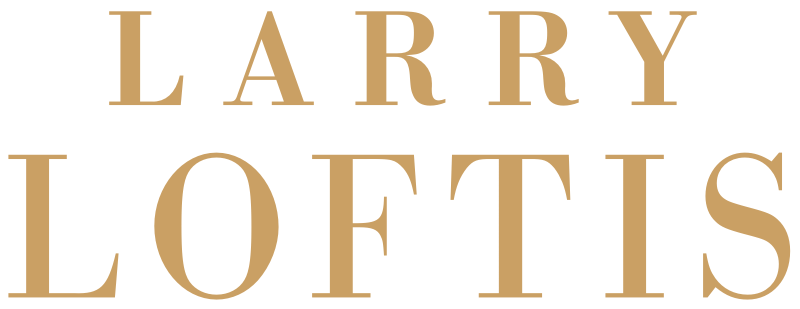WWII Spycraft: Invisible Ink
"Give me the secret ink von Karsthoff gave you," Abwehr agent Johann Jebsen said to Dusko Popov in Rome on November 21, 1940. Popov did and watched as Johnny poured it out. "We have a new and better formula," Jebsen said, "with pyramidon." Dusko listened carefully as Johnny explained how to prepare the concoction, memorizing the ingredients and application (see Chapter 4 of INTO THE LION'S MOUTH for the precise formula).
Over the next four and a half years, double agent Popov would be given new formulas time and again. The Germans knew the British would be censoring all mail to England, inspecting carefully all letters from Lisbon, WWII's espionage capital and von Karsthoff's home base. As MI5's (counter-espionage) Scientific Section created developers to discover each new Abwehr formula, the Germans would create a new one. It was chemical cat and mouse, staged in the labs of Berlin and London. University dons on both sides reveled in the notion that they were one step ahead of their counterparts.
In some cases, the secret writing could only be revealed by the application of special chemicals to the paper.
Other times, the writing would appear only if Dusko ran a hot iron over the paper.
In general, Popov was instructed to write with his invisible ink, in block letters, either between the lines or on the back of an innocuous (i.e., bogus) letter. Since the amount of information he was expected to convey was often significant, Dusko would have to first craft a long notional letter to the cover person (male or female) von Karsthoff was using at the time. MI5 prepared the "chickenfeed" (false but believable military information) Popov was to reveal in the secret writing.
Below, in a letter to von Karsthoff on December 3, 1942, agent IVAN thanks his spymaster for sending 75,000 Portuguese escudos (roughly $10,000 today), and details his "findings" regarding Britain's
five newly constructed battleships.
The cat had the mouse exactly where he wanted.






